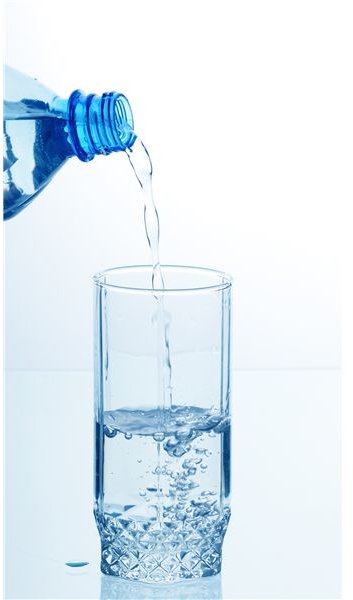The Problem of Drugs in Our Drinking Water: Mild Amounts of Pharmaceuticals & Contraceptives Found in Tap Water
As far back as the year 2000, the U.S. Geological Survey has reported up to at least a mild level of pharmaceuticals in 80 percent of the rivers and streams tested. Though the Environmental Protection Agency (EPA) and the Federal Drug Administration (FDA) do not yet acknowledge the presence of SSRIs and oral contraceptives entering our water supply as an urgent issue yet, many environmental activists are taking note and trying to make sure people are aware of this growing issue.
How Do the Pharmaceuticals End Up in Our Water Supply?
There are a few ways that these drugs end up in the community’s supply of drinking water. One of the main ways includes as a means of disposal of expired drugs or drugs that people do not intend to take anymore. The Centers for Disease Control and Prevention (CDC) reports that each year in October, the Drug Enforcement Agency (DEA) extends the opportunity for anyone who wants to safely dispose of unused or unwanted prescription medicines.
Another way that pharmaceuticals end up in the water supply, at least in trace amounts, is through elimination via urine or feces.
Don’t Water Treatment Facilities Purify the Drinking Water?
Wastewater does undergo purification process and treatments before water treatment plants return them to reservoirs, rivers and streams, according to Clean Water Action, but most treatments do not completely rid the water supply of the residue of pharmaceuticals. According to USA Today, the Associated Press released a report with their findings that several large metropolitan city’s treatment plants were missing the mark on removing these drug residues. Philadelphia officials indicated that 56 drugs and drug byproducts were found in their treated water supply while anti-depression and anti-epileptic medicine residues were found in Southern California’s treated water supply, servicing 18.5 million people.
Why Worry if There are Only Small Traces of Pharmaceuticals Detected?
The fact that no one knows the long-term effects that these pharmaceuticals might pose is more than enough reason for health professionals and environmental activists to take pause, wondering when, or if, harmful effects emerge.
Something to consider, though, is the effect that fish are already experiencing. Greener Ideas reports that contraceptives are causing fish to produce fewer eggs, or no eggs at all in female fish, while male fish are producing less sperm and altering behaviors. It is important to note these and other negative permutations affecting wildlife. Since of the basic behind prescribing these pharmaceuticals is providing small doses of these drugs to help patients, it makes sense to wonder what the future might hold for mass portions of the population’s exposure to them, especially without their knowledge.
What Can You Do to Protect Your Community and Yourself?
Becoming an advocate for your community, yourself and your family will help work toward solving–or at least reducing–this issue, at least on the local level.
- Take all necessary safety precautions when discarding your pharmaceuticals.
- Explore drug take-back programs by contacting your city refuse and recycling agency.
- For your own protection and best chance of ridding these remnants from home’s drinking water is to buy a high-quality water purification system.
- Become a clean water activist in your own community. Get the word out about safe disposal of pharmaceuticals and the benefits of water filtration.
References
- http://usatoday30.usatoday.com/news/nation/2008-03-10-drugs-tap-water_N.htm
- http://www.cdc.gov/healthywater/observances/pill_disposal.html
- http://www.salon.com/2013/03/14/your_tap_water_is_probably_laced_with_anti_depressants_partner/
- http://www.deadiversion.usdoj.gov/drug_disposal/takeback/
